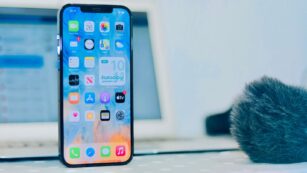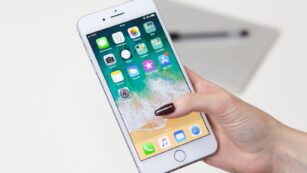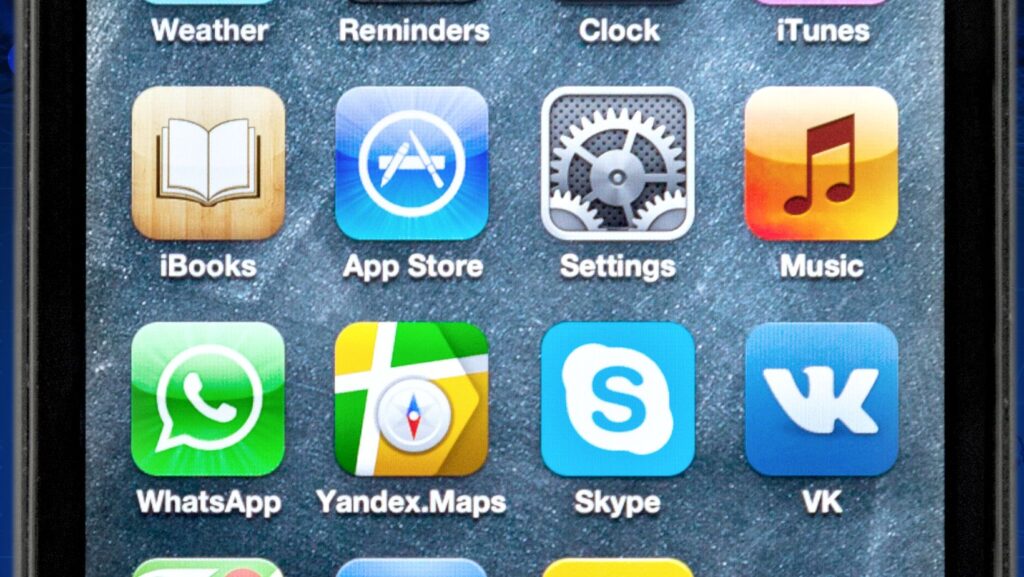In the digital age, privacy and organization play pivotal roles in our daily interactions with technology. For iPhone users, managing and hiding apps can be a crucial part of maintaining a clutter-free and secure interface. Whether it’s to keep sensitive information away from prying eyes or simply to streamline the home screen, understanding how to show hidden apps on an iPhone is essential.
Show Hidden Apps iPhone
In an era where privacy and organization play pivotal roles in digital engagement, particularly for iPhone users, mastering the ability to reveal hidden apps is vital. This section delves into techniques for identifying and displaying hidden apps on an iPhone, a skill crucial for enhancing the smartphone experience through personalization and bolstering security.
How to Identify Hidden Apps
 Identifying hidden apps on an iPhone involves several straightforward steps that ensure users can easily manage their apps, keeping the interface both organized and secure.
Identifying hidden apps on an iPhone involves several straightforward steps that ensure users can easily manage their apps, keeping the interface both organized and secure.
First, users can utilize the Search feature on their iPhone. Simply swiping down on the home screen to access the search bar and typing the name of the app can help locate it, even if it’s not immediately visible on the home screen.
Second, checking the App Library is another effective method. Introduced in iOS 14, the App Library automatically organizes apps into categories, making it simpler to find an application that isn’t on the home screen. Users can access the App Library by swiping left on the last page of the home screen.
Third, the App Store provides a method to identify hidden apps. By navigating to the App Store, selecting the profile icon, and tapping on “Purchased,” users can view all apps linked to their Apple ID, including those not currently installed on the device.
Step-by-Step Guide to Show Hidden Apps on iPhone
 Uncovering hidden apps on an iPhone blends privacy with efficiency. Following these instructions ensure users swiftly locate and manage their concealed applications. Firstly, utilize the Search feature by swiping down on the Home screen and typing the app’s name. Next, explore the App Library by swiping left on the Home screen until reaching the App Library, where all installed apps are organized. For apps not immediately visible, the App Store offers a solution; access the account profile and navigate to purchased apps to see a list, including those not currently on the Home screen. Additionally, Siri can serve as a quick method for opening hidden apps by simply requesting the app by name. This approach reinforces the article’s focus on privacy, organization, and the adept handling of iPhone features for a secure, personalized user experience.
Uncovering hidden apps on an iPhone blends privacy with efficiency. Following these instructions ensure users swiftly locate and manage their concealed applications. Firstly, utilize the Search feature by swiping down on the Home screen and typing the app’s name. Next, explore the App Library by swiping left on the Home screen until reaching the App Library, where all installed apps are organized. For apps not immediately visible, the App Store offers a solution; access the account profile and navigate to purchased apps to see a list, including those not currently on the Home screen. Additionally, Siri can serve as a quick method for opening hidden apps by simply requesting the app by name. This approach reinforces the article’s focus on privacy, organization, and the adept handling of iPhone features for a secure, personalized user experience.
Managing Hidden Apps
After uncovering hidden apps using the search feature, App Library, App Store, or Siri, users can manage these apps efficiently. This process involves organizing or deleting unwanted apps, thereby ensuring the iPhone remains clutter-free and organized. By keeping only necessary apps visible, users enhance both privacy and usability. Whether it’s through repositioning apps on the Home screen for easy access or removing them entirely from the device, managing hidden apps is a critical step in personalizing and securing an iPhone experience. In doing so, users must remember the balance between accessibility and privacy, ensuring their digital space aligns with their preferences and security needs.
Organizing iPhone Home Screen for Better Visibility
 Organizing the iPhone home screen enhances both the device’s functionality and its aesthetic appeal, providing users with a clutter-free environment that makes accessing both visible and hidden apps more efficient. After locating hidden apps using strategies like the Search feature, App Library, and Siri, as described in previous sections, users can further manage their iPhone by organizing apps and folders on their home screen. By dragging apps to different locations or into folders, users can prioritize essential apps, making them more accessible. Additionally, using the App Library to categorize apps automatically helps in keeping the home screen neat and ensures that even hidden apps are just a few taps away. This organization not only streamlines the user’s experience but also maintains the balance between accessibility and privacy on their iPhone.
Organizing the iPhone home screen enhances both the device’s functionality and its aesthetic appeal, providing users with a clutter-free environment that makes accessing both visible and hidden apps more efficient. After locating hidden apps using strategies like the Search feature, App Library, and Siri, as described in previous sections, users can further manage their iPhone by organizing apps and folders on their home screen. By dragging apps to different locations or into folders, users can prioritize essential apps, making them more accessible. Additionally, using the App Library to categorize apps automatically helps in keeping the home screen neat and ensures that even hidden apps are just a few taps away. This organization not only streamlines the user’s experience but also maintains the balance between accessibility and privacy on their iPhone.

